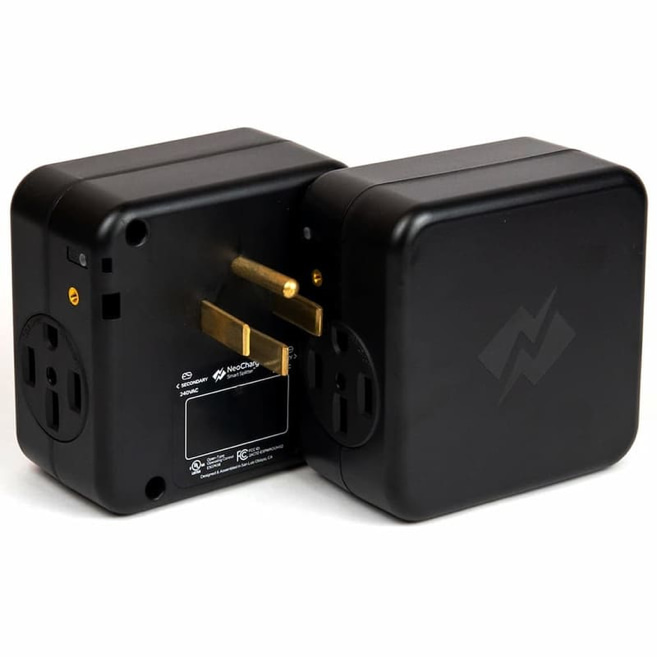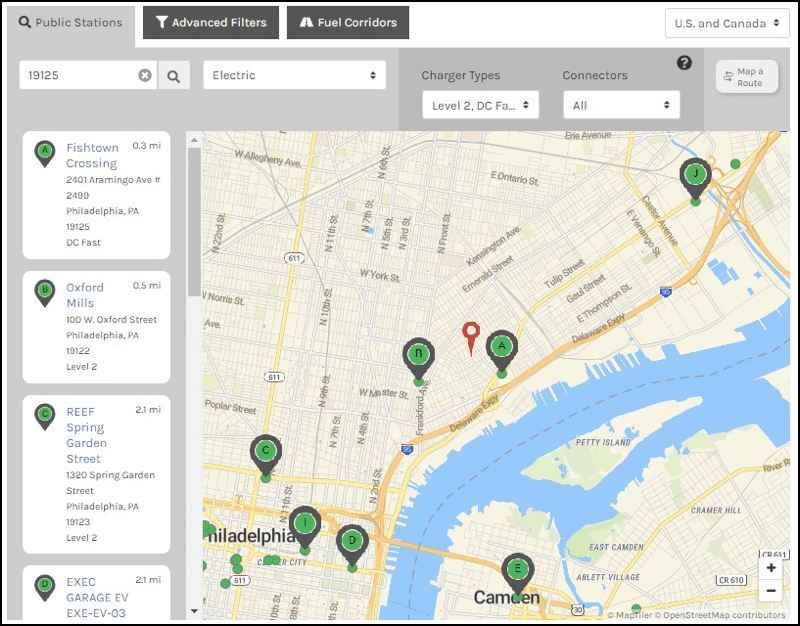The United States currently has a significant number of electric vehicle (EV) charging stations, although they still lag behind traditional fueling stations. However, efforts are underway to expand the EV charging infrastructure to meet the growing demand. This article explores the three types of EV chargers and discusses ongoing initiatives to establish a standardized nationwide network.
National EV Charging Network:
To address the need for a widespread and standardized EV charging infrastructure, legislation was passed in 2021 to invest $5 billion over the next five years. The U.S. Department of Transportation and the U.S. Department of Energy aim to establish a national EV charging network covering 75,000 miles of the national highway system. The goal is to achieve a network of 500,000 EV charging stations by 2030, accessible regardless of location, vehicle brand, or charging company.

Electric vehicles have three charging levels determined by voltage. Charge speed is faster with higher voltage. The time it takes to charge your EV battery to 80-100% depends on the battery size, taking anywhere from 30 minutes to 12 hours.
Level 1 charging, also called “trickle” charging, utilizes a standard household outlet (120 volts) and an Electric Vehicle Supply Equipment (EVSE) like the MEGEAR Skysword.
This charging level typically provides 3-5 miles of range per hour. While slow, it is sufficient for limited commuting and local errands.
A full Level 1 charge overnight can give the average EV about 50 miles of range, which surpasses the average daily driving distance of most Americans.
However, to achieve a full charge at Level 1, it can take more than 30 hours.

Image of NeoCharge Smart Splitter (GetNeoCharge.com)
Level 2 charging: both residential and commercial (public) use, providing 12-80 miles of range per hour of charge.
To use Level 2 charging, you need a 240V outlet, like the one used by your dryer or stove. Don’t forget a separate charger that costs around $300-$700. It takes 6-12 hours to charge an EV battery from 0 to 100%.
Level 2 charging is ideal for overnight charging at home.
Don’t have a dedicated 240V outlet in your garage? You have two options: hire an electrician to install one for about $2,500, or purchase a specialized splitter that costs less than $500.
Level 3, also called DC Fast Charging, is the fastest EV charging level, using 480 volts of power to charge your EV battery from empty to 80% in just 30 minutes.
Charging at Level 3 provides between 3-15 miles of range per minute, with no separate charger required as the charging station serves as the charger.
To prevent overcharging, Level 3 charging stations will slow down the charging speed at 80%.
EV owners can enter their location, charge level needed, and connector type to locate charging stations. The tool is also available as an iPhone and Android app.
The map tool can also be used to plan a trip and locate public charging stations available along the route.
For example, someone in Philadelphia, Pennsylvania, needing a Level 2 public charging station in the 19125 zip code can use the map tool to find the nearest station.

The U.S. Department of Energy reports
There are more than 51,000 public electric vehicle charging stations in the country. There’re over 136,000 individual charging ports.
Of those, approximately 41,000 stations have Level 2 charging capabilities, providing over 91,000 charging ports. Additionally, there are approximately 6,000 DC Fast Charging stations with 23,000 ports.
[INSERT_ELEMENTOR id=”4162″]